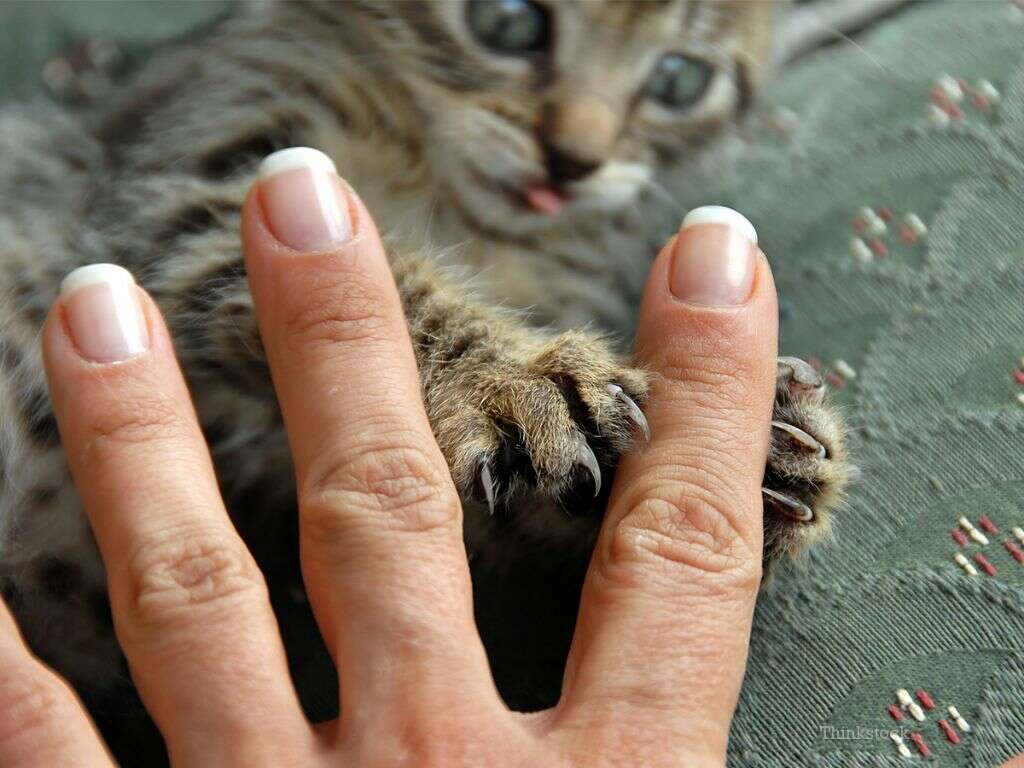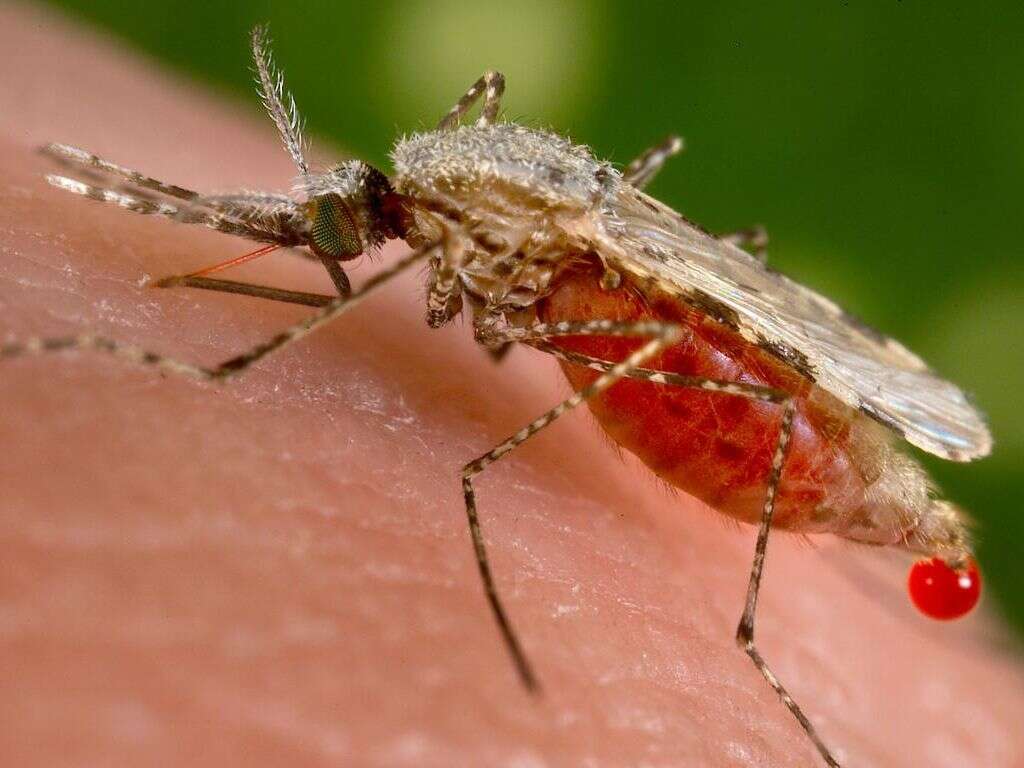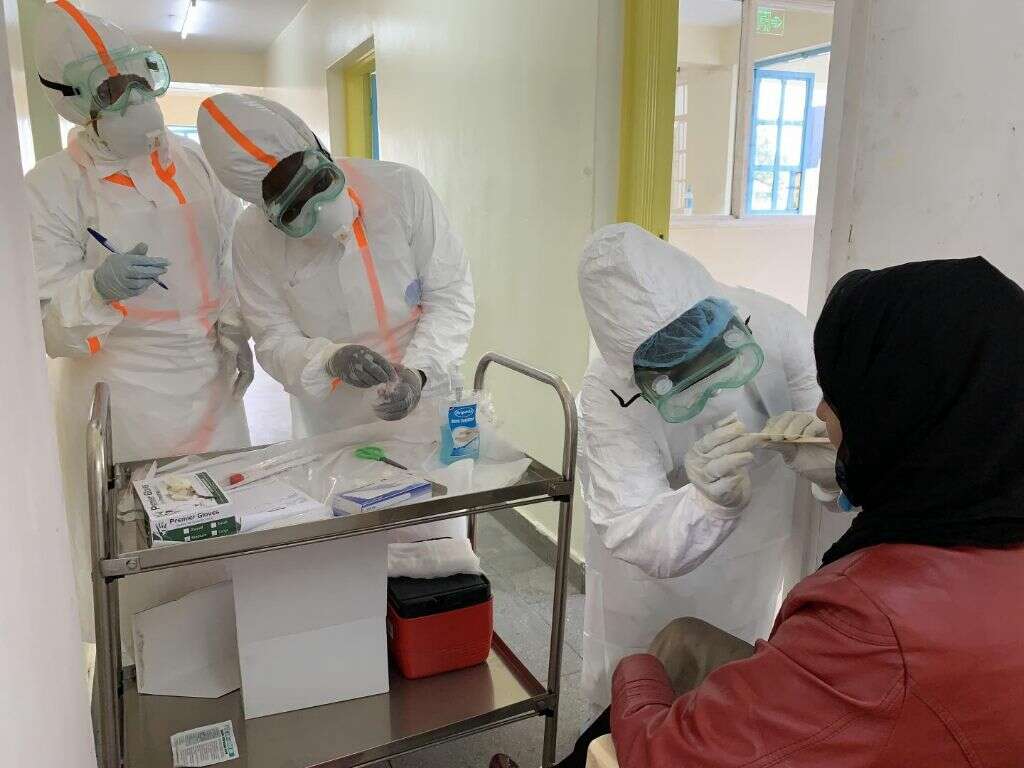What Is Cat Scratch Fever?
Cat scratch fever, also known as cat scratch disease, is a bacterial infection transmitted via an infected cat. The illness most frequently causes only mild symptoms. Occasionally, it becomes serious, and there are a few rare complications.
An estimated 12,000 people in the U.S. get the disease every year, and approximately 500 of those are hospitalized. More cases appear in the late summer to early fall months although January tends to have a spike as well.
1. CSD Causes
The bacterium Bartonella Henselae causes CSD. Research suggests felines contract it from fleas when they are bitten. They can also pick it up from flea dirt getting into open wounds, on their claws when they scratch or in their teeth when they groom.
Infected felines transmit the bacteria to humans by biting, licking or scratching them. The bite or scratch has to be hard enough to break the skin. When a cat licks the open wound of a person, transmission happens through the saliva.
2. CSD Symptoms: Cats
The majority of cats that contract CSD show no symptoms of illness. Therefore, it is generally impossible to tell if they have it until the signs show up in a person. Cats that have fleas, or that have had multiple flea bites, are more likely to pick up Bartonella Henselae in their systems.
Approximately 40% of felines carry the bacteria during some stage of their lives, but it appears most often in kittens. These very young cats also have a higher likelihood of passing B. henselae on to humans because of the tendency to bite and scratch when they play.

3. CSD Symptoms: People
The first symptom occurs at the site of the bite, scratch or open wound. The area turns red, and a bump or blister forms between 3 and 10 days after contracting the illness. Often, the wound contains pus. An infected individual may feel fatigued and have headaches, body aches and a low-grade fever.
As the illness progresses, some people develop swollen lymph nodes near the infection site. The lymph nodes can also feel tender or painful. A few people lose their appetites and subsequently, lose weight. A person with CSD hardly ever gets a sore throat with the infection.
4. CSD Complications: Cats
Cats with CSD rarely demonstrate any signs of the illness. However, the potential for complications does exist. The primary issue is inflammation of the body’s organs. The most serious possibility is heart inflammation. This can lead to difficulty breathing and a weakened system due to the heart’s labored efforts to pump blood to the body.
In addition to the heart, other organs may also become inflamed. There is the potential for the infection to settle in the eyes, mouth or urinary tract. While the possibility exists for all of these complications, it’s important to keep in mind that they are rare.

5. CSD Complications: People
Difficulties from CSD in people, as in cats, are a very seldom occurrence. There are, however, a few concerns. The issues arise when the bacteria spread to the eyes, bones or heart. Children between the ages of 5 and 14, as well as those with compromised immune systems, are most at risk for complications.
When B. Henselae spreads to the eyes, it can cause inflammation in the optic nerve or retina, or it can lead to an infection similar to pink eye. In either case, antibiotics resolve the issue. Osteomyelitis occurs when the infection gets into the bone, causing damage that is sometimes severe enough to require amputation. Infection that travels to the brain can result in encephalopathy, which can lead to permanent brain damage or death.
6. Risk Factors for CSD in People
Anyone can contract cat scratch fever, and if you own or interact with cats, you are at higher risk. For most, however, the illness is not serious. Children, especially those between the ages of five and nine, have a higher level of vulnerability to the disease and are prone to severe symptoms.
More females than males are diagnosed with CSD, but more males require hospitalization. Individuals who have compromised immune systems have a higher risk of developing a serious case and experiencing complications. Pregnant women are also vulnerable to this illness.

7. When to See a Doctor for CSD
Often, a person with CSD is able to fight off the illness without any medical intervention. Occasionally, however, a visit to the doctor is warranted. Keep an eye on the infection site. If it does not begin to improve after a few days, or if the redness around the wound grows, contact your health care provider.
Swollen lymph nodes and a fever that develops a few days after the site becomes infected are signs that you may need help ridding your body of the bacteria. If your child is scratched or bitten, it is important to keep an eye on the wound site and on your child for signs that a serious case of the disease is developing.
8. CSD Diagnosis
Cat scratch disease displays symptoms that are common to other infections. A physical examination of the patient and an assessment of symptoms and history provide a good indication of whether a diagnosis of CSD is warranted.
A blood test may be ordered to verify the presence of B. Henselae. The bacteria’s presence can be determined with a polymerase chain reaction test. This is likely to be done only in more serious cases or when the potential for an alternative diagnosis is strong.

9. CSD Treatment
For most people, the illness gets better on its own. Keeping the bite site clean, drinking plenty of fluids and getting adequate rest can hasten the recovery time. When someone develops more serious symptoms, the doctor may prescribe one of four common antibiotics.
Cat scratch disease is most often treated with ciprofloxacin, rifampin, tetracycline or trimethoprim-sulfamethoxazole. The course of treatment is typically between 5 and 14 days. If you are prescribed antibiotics, it is important that you take the medication as directed and complete the entire treatment.
10. CSD Prevention
For cat owners, the best way to prevent CSD is to control fleas on your pet. If you apply an insecticide to prevent fleas, ensure that it is a safe product since many of those offered over the counter are unsafe. Keep your cat’s nails trimmed and check for the presence of fleas and flea dirt on your cat. Discourage rough play.
If you own or interact frequently with cats, do not play boisterously with them or let them lick your wounds. If you are bitten or scratched, it is important to wash the area with soap and warm, running water immediately. If you or someone in your household has a compromised immune system, adopt older cats rather than kittens.









